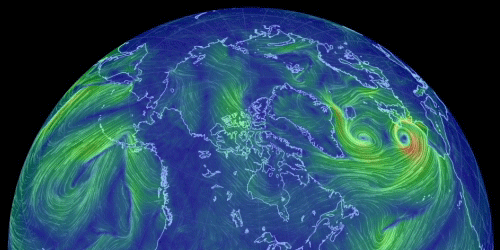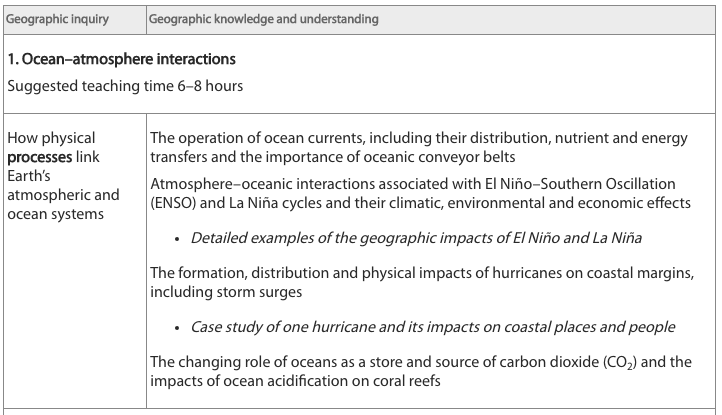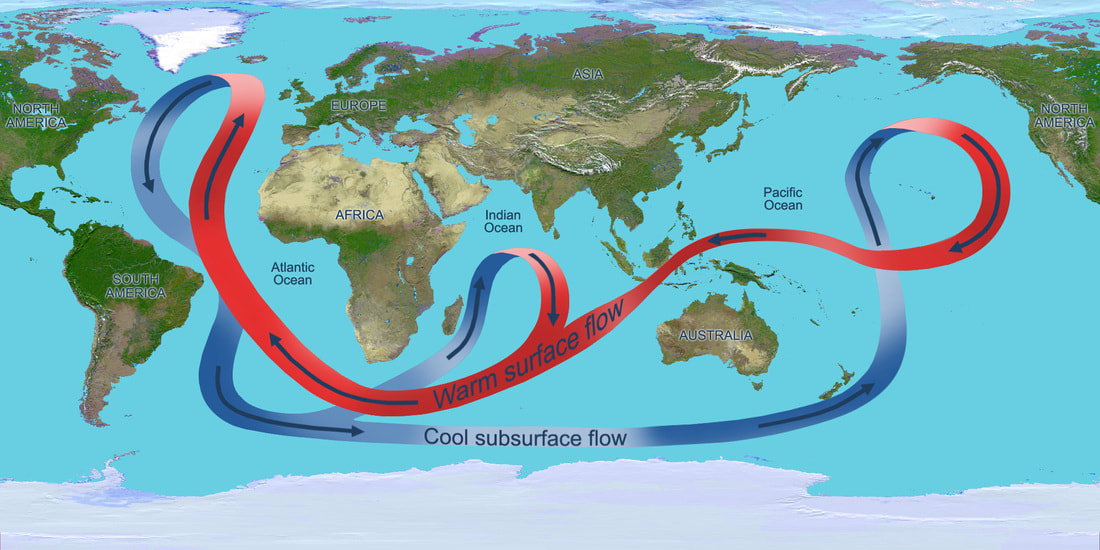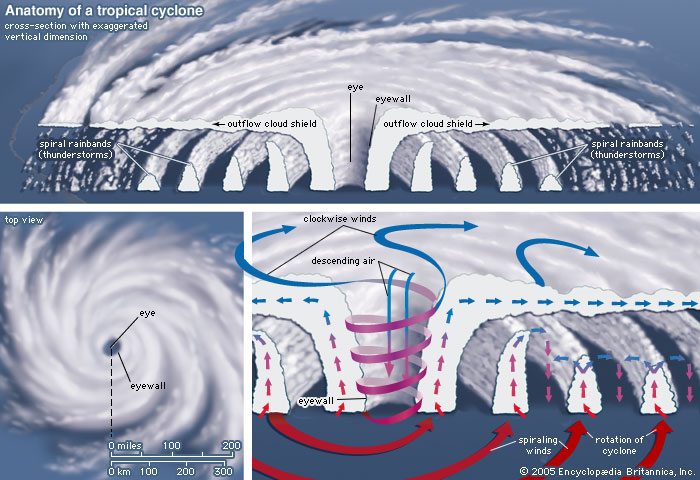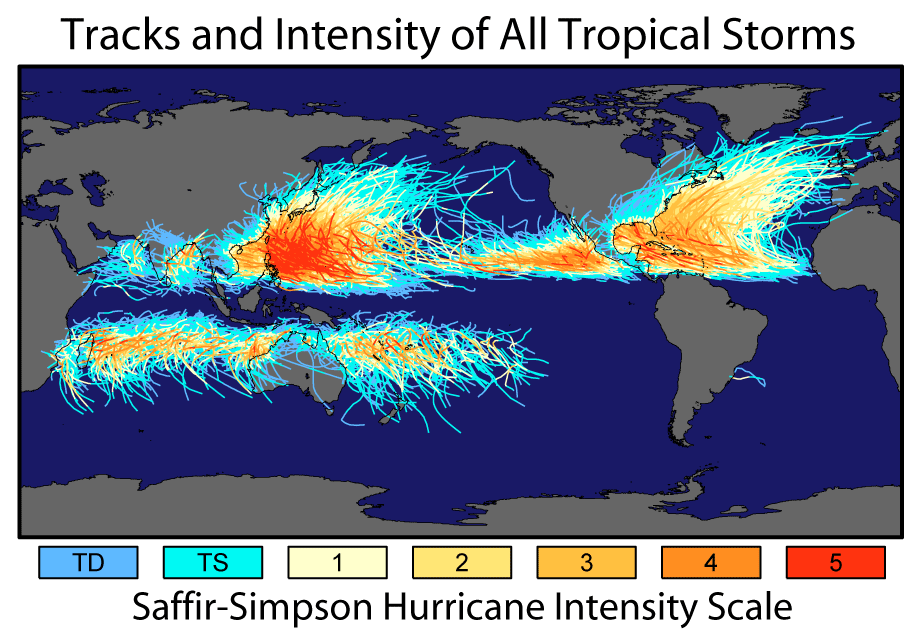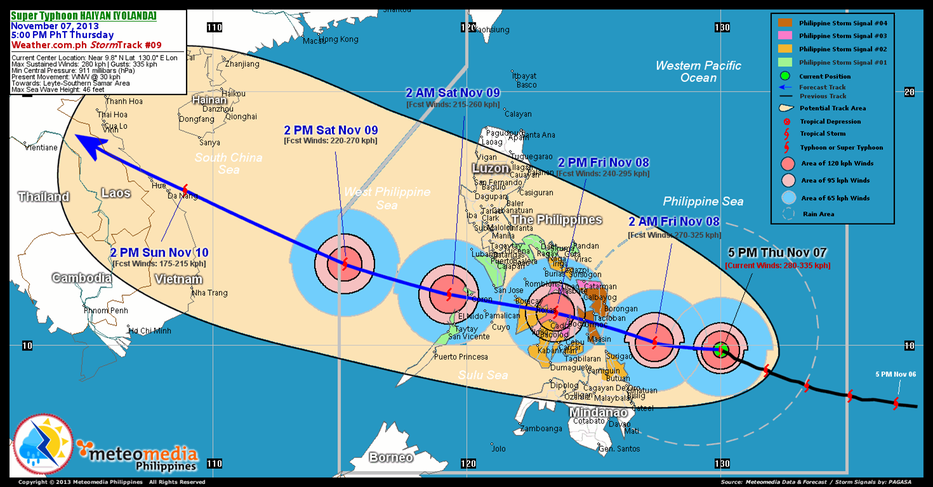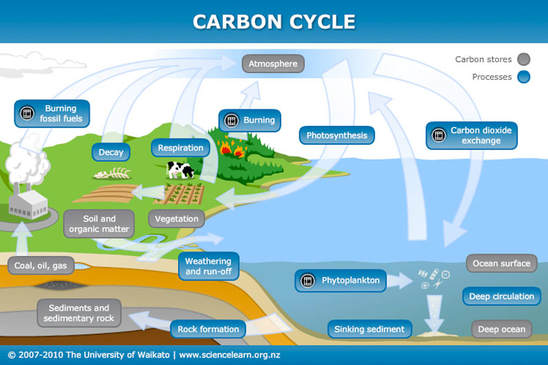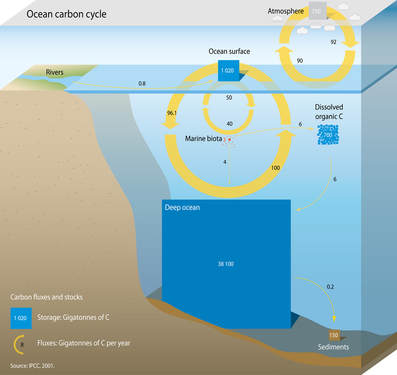1. Ocean–Atmosphere Interactions
Syllabus Link: How physical processes link Earth’s atmospheric and ocean systems
Introduction
|
|
|
|
Ocean Currents
The operation of ocean currents, including their distribution, nutrient and energy transfers and the importance of oceanic conveyor belts
Surface Currents
|
|
|
|
Deepwater Currents
|
|
|
|
|
|
Atmosphere–oceanic interactions
Atmosphere–oceanic interactions associated with El Niño–Southern Oscillation (ENSO) and La Niña cycles and their climatic, environmental and economic effects
- Detailed examples of the geographic impacts of El Niño and La Niña
|
|
|
|
Worksheet: ENSO Cycles & their impacts
Notes: El Nino & La Nina
PDF: Geofile - El Nino & La Nina
Animation: Local & global impacts
Links: Guardian articles on El Nino & La Nina
Notes: El Nino & La Nina
PDF: Geofile - El Nino & La Nina
Animation: Local & global impacts
Links: Guardian articles on El Nino & La Nina
Hurricanes and Coastal Margins
The formation, distribution and physical impacts of hurricanes on coastal margins, including storm surge
|
|
|
Worksheet: Hurricane formation and impacts
Article: Vox step by step guide to hurricanes
Reading: Geofacts - The making of a hurricane
Extension: Game - Stop disasters hurricane simulation
Article: Are hurricanes getting stonger?
Case Study: Typhoon Haiyan
- Case study of one hurricane and its impacts on coastal places and people
|
|
|
|
Case Study: Typhoon Haiyan case study sheet
Article: How typhoon Haiyan was formed
Quizet: Typhoon Haiyan impacts
Website: Bitesized: Typhoon Haiyan impacts
Carbon and Ocean Acidification
The changing role of oceans as a store and source of carbon dioxide (CO2) and the impacts of ocean acidification on coral reefs
|
|
|
Article: The oceans carbon cycle
Reading: What is ocean acidification and the carbon cycle?
Article: Rising temperatures curb oceans carbon storing ability
Quiz: Carbon cycle quiz
|
|
|
